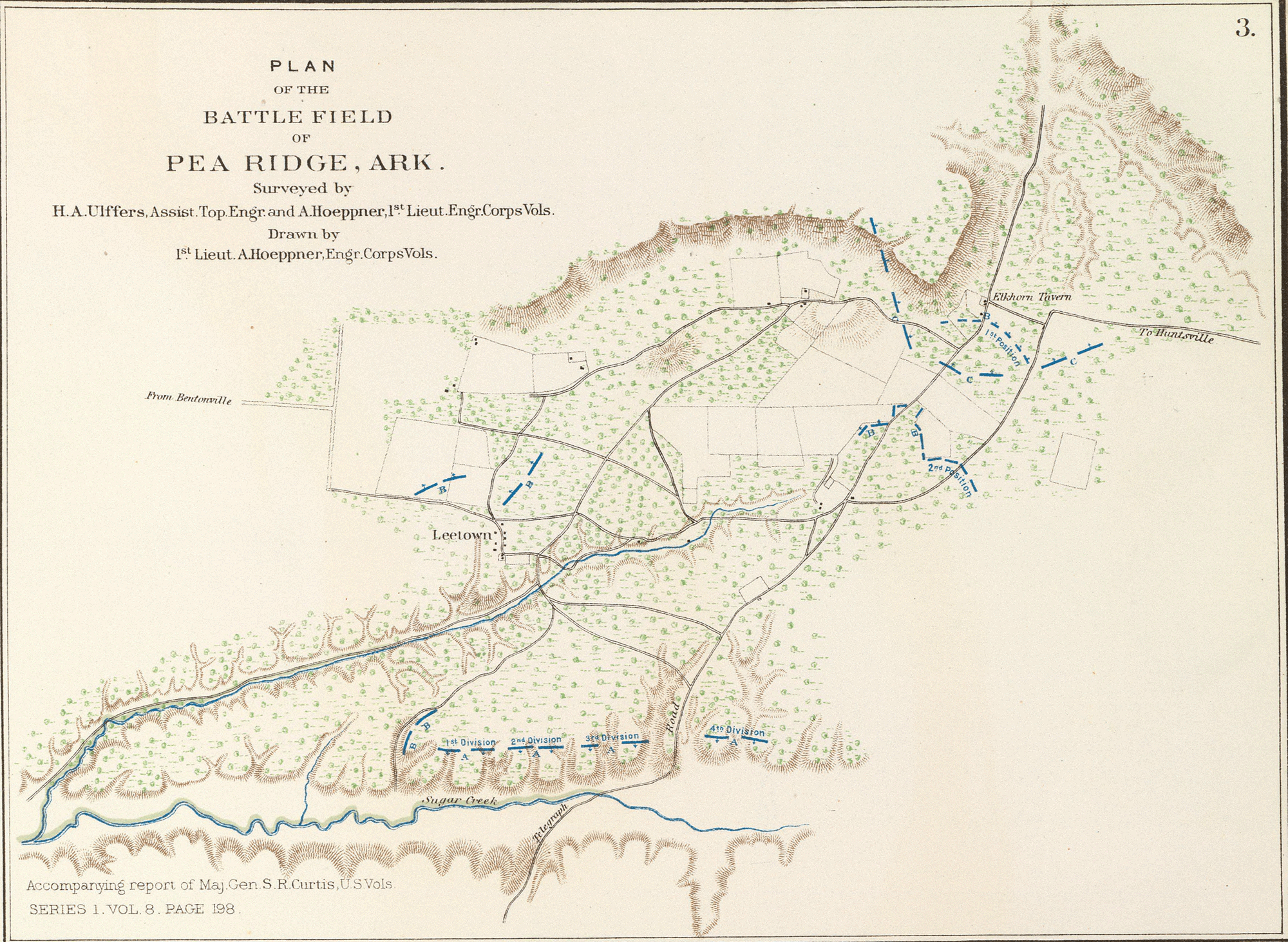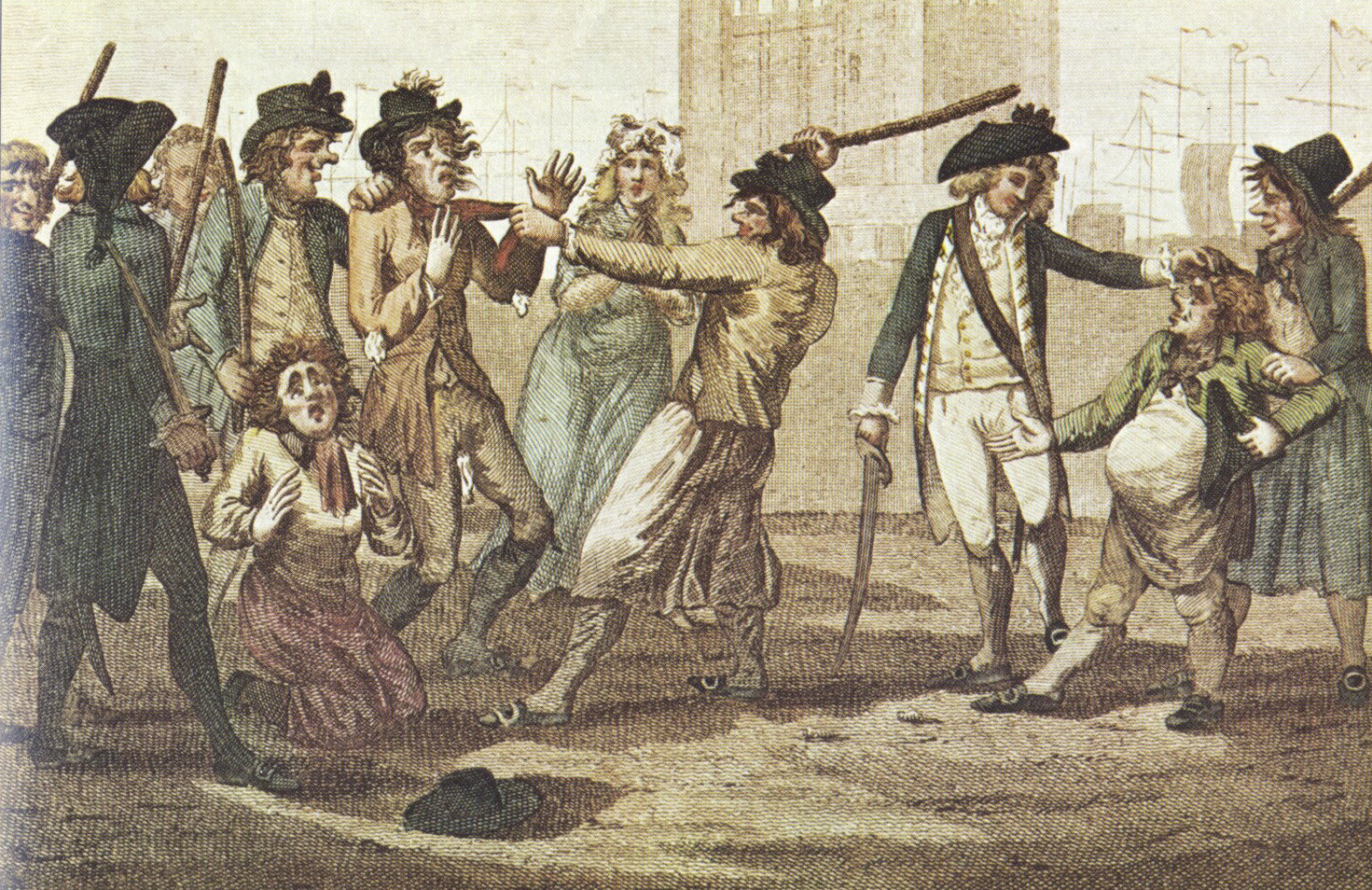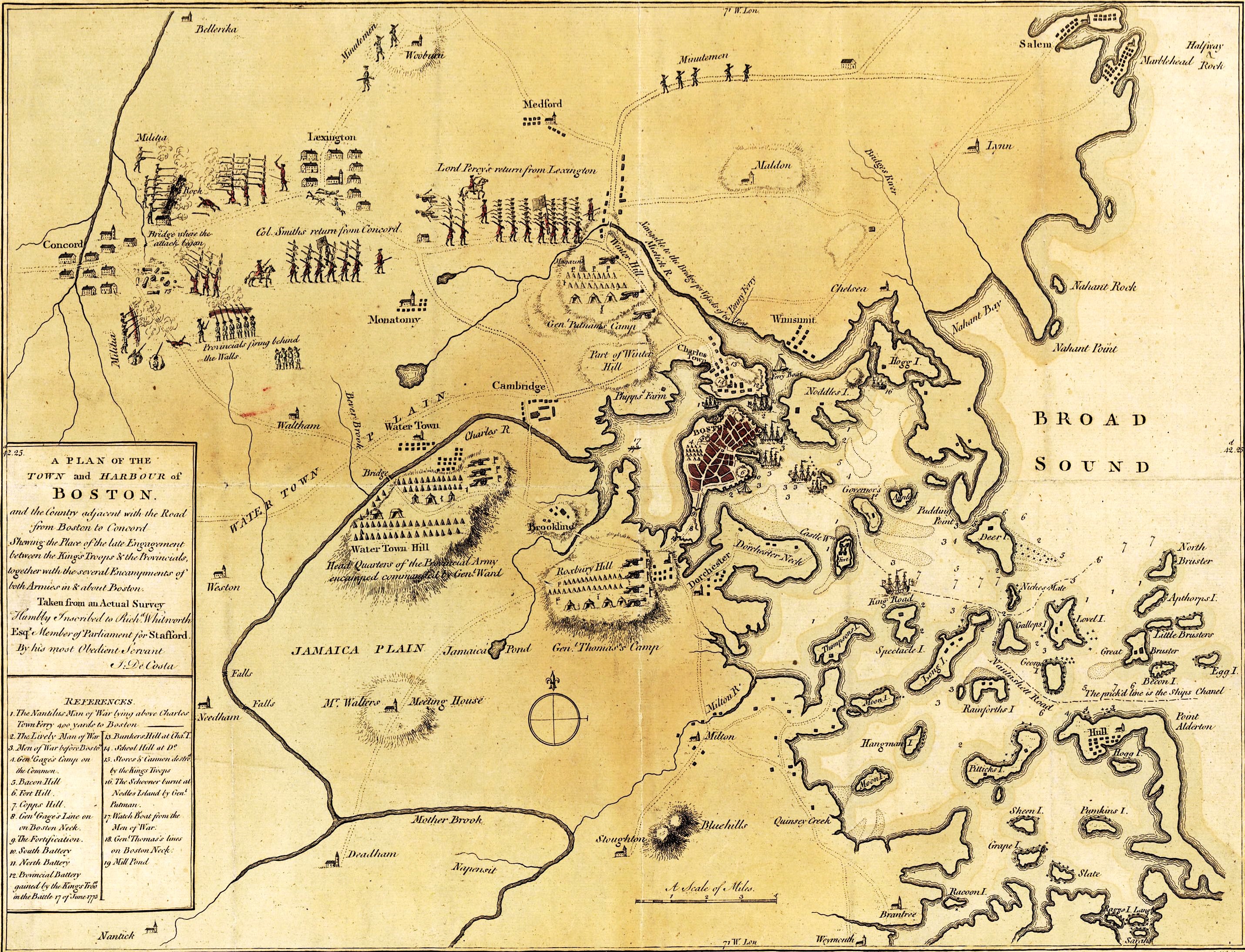|
Frontal Assault
A frontal assault is a military tactic which involves a direct, full-force attack on the front line of an enemy force, rather than to the flanks or rear of the enemy. It allows for a quick and decisive victory, but at the cost of subjecting the attackers to the maximum defensive power of the enemy; this can make frontal assaults costly even if successful, and often disastrously costly if unsuccessful. It may be used as a last resort when time, terrain, limited command control, or low troop quality do not allow for any battlefield flexibility. The risks of a frontal assault can be mitigated by the use of heavy supporting fire, diversionary attacks, the use of cover (such as smokescreens or the darkness of night), or infiltration tactics. Frontal assaults were common in ancient warfare, where heavy infantry made up the core of armies such as the Greek phalanx and the Roman legion. These dense formations, many ranks deep, would utilize their weight in numbers to press forward and br ... [...More Info...] [...Related Items...] OR: [Wikipedia] [Google] [Baidu] |
Military Tactic
Military tactics encompasses the art of organizing and employing fighting forces on or near the battlefield. They involve the application of four battlefield functions which are closely related – kinetic or firepower, mobility, protection or security, and shock action. Tactics are a separate function from command and control and logistics. In contemporary military science, tactics are the lowest of three levels of warfighting, the higher levels being the strategic and operational levels. Throughout history, there has been a shifting balance between the four tactical functions, generally based on the application of military technology, which has led to one or more of the tactical functions being dominant for a period of time, usually accompanied by the dominance of an associated fighting arm deployed on the battlefield, such as infantry, artillery, cavalry or tanks. Tactical functions Kinetic or firepower Beginning with the use of melee and missile weapons such as clubs an ... [...More Info...] [...Related Items...] OR: [Wikipedia] [Google] [Baidu] |
Artillery
Artillery consists of ranged weapons that launch Ammunition, munitions far beyond the range and power of infantry firearms. Early artillery development focused on the ability to breach defensive walls and fortifications during sieges, and led to heavy, fairly immobile siege engines. As technology improved, lighter, more mobile field artillery cannons were developed for battlefield use. This development continues today; modern self-propelled artillery vehicles are highly mobile weapons of great versatility generally providing the largest share of an army's total firepower. Originally, the word "artillery" referred to any group of soldiers primarily armed with some form of manufactured weapon or armour. Since the introduction of gunpowder and cannon, "artillery" has largely meant cannon, and in contemporary usage, usually refers to Shell (projectile), shell-firing Field gun, guns, howitzers, and Mortar (weapon), mortars (collectively called ''barrel artillery'', ''cannon artil ... [...More Info...] [...Related Items...] OR: [Wikipedia] [Google] [Baidu] |
Salient (military)
A salient, also known as a bulge, is a battlefield feature that projects into enemy territory. The salient is surrounded by the enemy on multiple sides, making the troops occupying the salient vulnerable. The opponent's front line that borders a salient is referred to as a re-entrant – that is, an angle pointing inwards. A deep salient is vulnerable to being "pinched off" through the base, and this will result in a pocket in which the forces in the salient become isolated and without a supply line. On the other hand, a breakout of the forces within the salient through its tip can threaten the rear areas of the opposing forces outside it, leaving them open to an attack from behind. Implementation Salients can be formed in a number of ways. An attacker can produce a salient in the defender's line by either intentionally making a pincer movement around the military flanks of a strongpoint, which becomes the tip of the salient, or by making a broad, frontal attack which is he ... [...More Info...] [...Related Items...] OR: [Wikipedia] [Google] [Baidu] |
Battle Of Spotsylvania Court House
The Battle of Spotsylvania Court House, sometimes more simply referred to as the Battle of Spotsylvania (or the 19th-century spelling Spottsylvania), was the second major battle in Lt. Gen. Ulysses S. Grant and Maj. Gen. George G. Meade's 1864 Overland Campaign of the American Civil War. Following the bloody but inconclusive Battle of the Wilderness, Grant's army disengaged from Confederate General Robert E. Lee's army and moved to the southeast, attempting to lure Lee into battle under more favorable conditions. Elements of Lee's army beat the Union army to the critical crossroads of the Spotsylvania Court House in Spotsylvania County, Virginia, and began entrenching. Fighting occurred on and off from May 8 through May 21, 1864, as Grant tried various schemes to break the Confederate line. In the end, the battle was tactically inconclusive, but both sides declared victory. The Confederacy declared victory because they were able to hold their defenses. The United States decl ... [...More Info...] [...Related Items...] OR: [Wikipedia] [Google] [Baidu] |
Confederate States Army
The Confederate States Army (CSA), also called the Confederate army or the Southern army, was the Military forces of the Confederate States, military land force of the Confederate States of America (commonly referred to as the Confederacy) during the American Civil War (1861–1865), fighting against the United States forces to support the rebellion of the Southern states and uphold and expand Slavery in the United States, the institution of slavery. On February 28, 1861, the Provisional Confederate Congress established a provisional volunteer army and gave control over military operations and authority for mustering state forces and volunteers to the newly chosen Confederate States president, Jefferson Davis (1808–1889). Davis was a graduate of the United States Military Academy, on the Hudson River at West Point, New York, and colonel of a volunteer regiment during the Mexican–American War (1846–1848). He had also been a United States senator from Mississippi and served a ... [...More Info...] [...Related Items...] OR: [Wikipedia] [Google] [Baidu] |
Battle Of Pea Ridge
The Battle of Pea Ridge (March 7–8, 1862), also known as the Battle of Elkhorn Tavern, took place during the American Civil War near Leetown, Arkansas, Leetown, northeast of Fayetteville, Arkansas, Fayetteville, Arkansas. United States, Federal forces, led by Brig. Gen. Samuel Ryan Curtis, Samuel R. Curtis, moved south from Mid-Missouri, central Missouri, driving Confederate States of America, Confederate forces into northwestern Arkansas. Maj. Gen. Earl Van Dorn had launched a Confederate counter-offensive, counteroffensive, hoping to recapture northern Arkansas and Missouri. Confederate forces met at Bentonville, Arkansas, Bentonville and became the most substantial Rebel force, by way of guns and men, to assemble in the Trans-Mississippi theater of the American Civil War, Trans-Mississippi. Against the odds, Curtis held off the Confederate attack on the first day and drove Van Dorn's force off the battlefield on the second. By defeating the Confederates, the Union forces e ... [...More Info...] [...Related Items...] OR: [Wikipedia] [Google] [Baidu] |
Battle Of Missionary Ridge
The Battle of Missionary Ridge, also known as the Battle of Chattanooga, was fought on November 25, 1863, as part of the Chattanooga campaign of the American Civil War. Following the Union Army, Union victory in the Battle of Lookout Mountain on November 24, Union forces in the Military Division of the Mississippi under Major general (United States), Maj. Gen. Ulysses S. Grant assaulted Missionary Ridge and defeated the Confederate States Army, Confederate Army of Tennessee, commanded by General (CSA), Gen. Braxton Bragg, forcing it to retreat to Georgia (U.S. state), Georgia. In the morning, Maj. Gen. William Tecumseh Sherman, commanding the Union Army of the Tennessee, made piecemeal attacks to capture the northern end of Missionary Ridge, Tunnel Hill, but were stopped by fierce resistance from the Confederate divisions of Maj. Gen. Patrick Cleburne, William H.T. Walker, and Carter L. Stevenson. In the afternoon, Grant was concerned that Bragg was reinforcing his right flank at ... [...More Info...] [...Related Items...] OR: [Wikipedia] [Google] [Baidu] |
British Army During The American Revolutionary War
The British Army during the American Revolutionary War served for eight years in the American Revolutionary War, which was fought throughout North America, the Caribbean, and elsewhere from April 19, 1775, to September 3, 1783. Tensions between the Patriot (American Revolution), American patriots and the British Army escalated during the American Revolution, which began in 1763 and ultimately escalated into a military conflict in 1775 at the Battles of Lexington and Concord in present-day 22.962 European casualties Two months later, in June 1775, the Second Continental Congress, gathered in present-day Independence Hall in the American Revolution, revolutionary capital of Philadelphia, appointed George Washington commander-in-chief of the Continental Army, which the Congress organized by uniting and organizing Patriot (American Revolution), patriot militias into a single army under the command of Washington, who led it in its eight-year war against the British Army. The fol ... [...More Info...] [...Related Items...] OR: [Wikipedia] [Google] [Baidu] |
Battle Of Bunker Hill
The Battle of Bunker Hill was fought on June 17, 1775, during the Siege of Boston in the first stage of the American Revolutionary War. The battle is named after Bunker Hill in Charlestown, Boston, Charlestown, Massachusetts, which was peripherally involved. It was the original objective of both the colonial and British troops, though the majority of combat took place on the adjacent hill, which became known as Breed's Hill. On June 13, 1775, the leaders of the colonial forces besieging Boston learned that the British were planning to send troops out from the city to fortify the unoccupied hills surrounding the city, which would give them control of Boston Harbor. In response, 1,200 colonial troops under the command of William Prescott stealthily occupied Bunker Hill and Breed's Hill. They constructed a strong redoubt on Breed's Hill overnight, as well as smaller fortified lines across the Charlestown Peninsula. By daybreak of June 17, the British became aware of the presen ... [...More Info...] [...Related Items...] OR: [Wikipedia] [Google] [Baidu] |
Maneuver Warfare
Maneuver warfare, or manoeuvre warfare, is a military strategy which emphasizes movement, initiative and surprise to achieve a position of advantage. Maneuver seeks to inflict losses indirectly by envelopment, encirclement and disruption, while minimizing the need to engage in frontal combat. In contrast to attrition warfare where strength tends to be applied against strength, maneuver warfare attempts to apply strength against weakness in order to accomplish the mission. Maneuver warfare, the use of initiative, originality and the unexpected, combined with a ruthless determination to succeed, seeks to avoid opponents' strengths while exploiting their weaknesses and attacking their critical vulnerabilities and is the conceptual opposite of attrition warfare. Rather than seeking victory by applying superior force and mass to achieve physical destruction, maneuver uses preemption, deception, dislocation, and disruption to destroy the enemy's will and ability to fight. Historicall ... [...More Info...] [...Related Items...] OR: [Wikipedia] [Google] [Baidu] |






